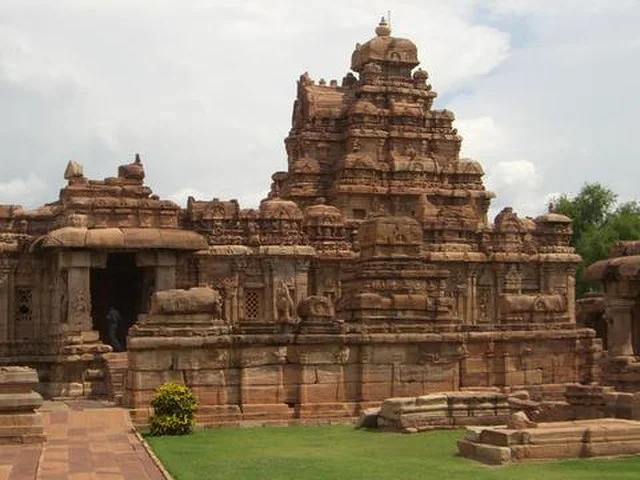Pattadakal is a UNESCO World Heritage Site located in Karnataka, India. It is renowned for its monumental architecture from the 7th and 8th centuries AD. The site features a unique blend of northern (Nagara) and southern (Dravida) Indian architectural styles, showcasing the cultural confluence of the period.
Get your dose of History via Email
Historical Background
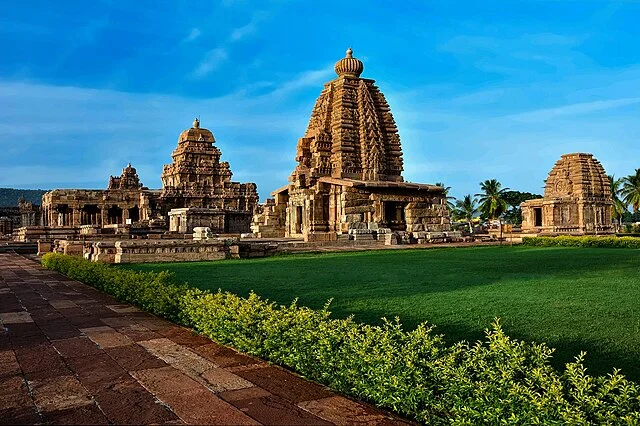
Pattadakal served as a ceremonial center for the Chalukya dynasty, which ruled much of southern and central India between the 6th and 12th centuries AD. The Chalukya kings used this site for royal coronations, which is reflected in the site’s name, “Pattadakal,” meaning “coronation stone.”
King Vijayaditya and his successor, Vikramaditya II, were among the rulers who contributed significantly to the construction of these temples. During this time, the Chalukyas were known for their patronage of art, architecture, and religion. The site reflects the dynastic ambition to link political power with religious piety.
Architecture
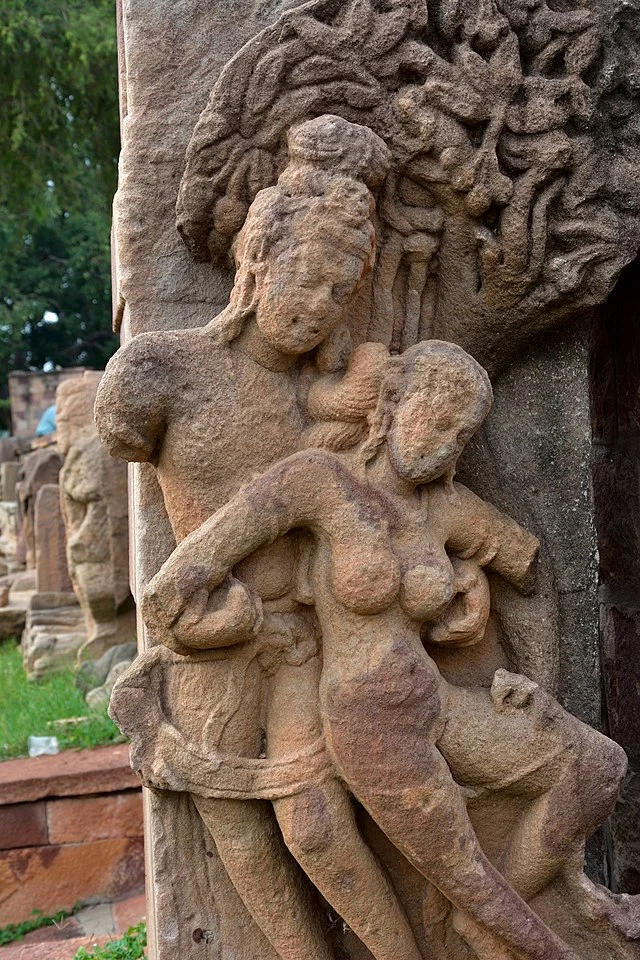
The architecture of Pattadakal consists of both Hindu and Jain temples, with the majority being Hindu. The site comprises ten temples, nine dedicated to various Hindu deities and one Jain temple. These structures combine northern and southern architectural elements, a rare feature that makes Pattadakal unique.
The Virupaksha Temple, commissioned by Queen Lokamahadevi in honor of her husband Vikramaditya II’s military victories, is one of the most notable. It was completed in 745 AD. The temple reflects a southern Dravidian style with its tall, pyramidal tower (vimana) and intricate carvings depicting mythological stories.
In contrast, the Kashi Vishwanatha Temple follows the northern Nagara style, marked by its curvilinear tower. This mixture of styles demonstrates the cultural exchange between northern and southern India during the Chalukyan period.
Sculptural Highlights
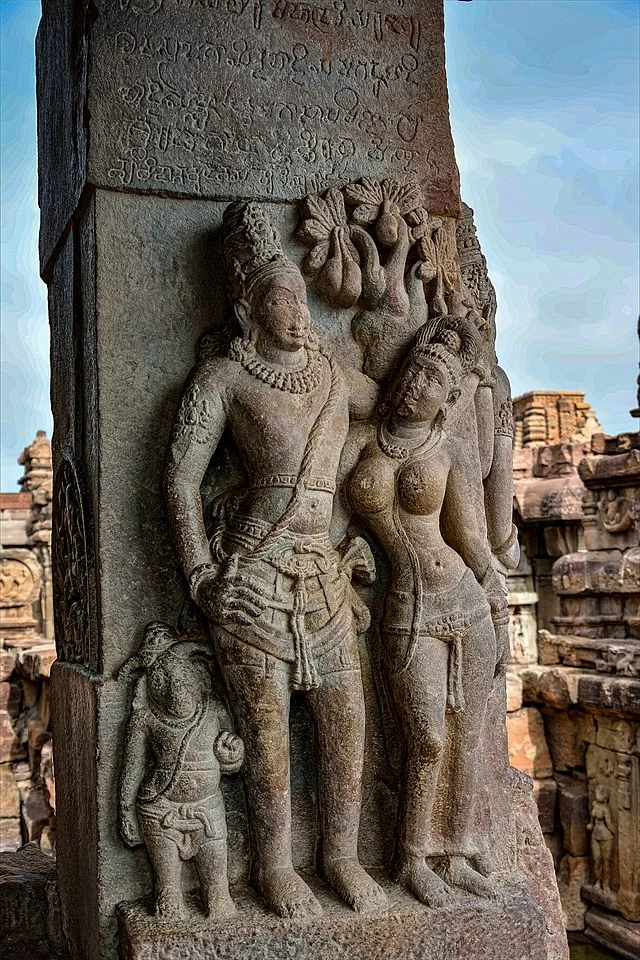
Pattadakal’s temples are not only architectural marvels but also feature intricate carvings. The sculptures depict various scenes from Hindu mythology, including episodes from the Ramayana, Mahabharata, and the life of Lord Krishna. The level of detail in these carvings reflects the Chalukya dynasty’s dedication to art.
One of the most famous carvings at Pattadakal is located in the Virupaksha Temple. It shows the demon Ravana shaking Mount Kailash, a mythological event from the Ramayana. This carving highlights the technical skill and creativity of the artisans who worked on the site.
Religious Significance
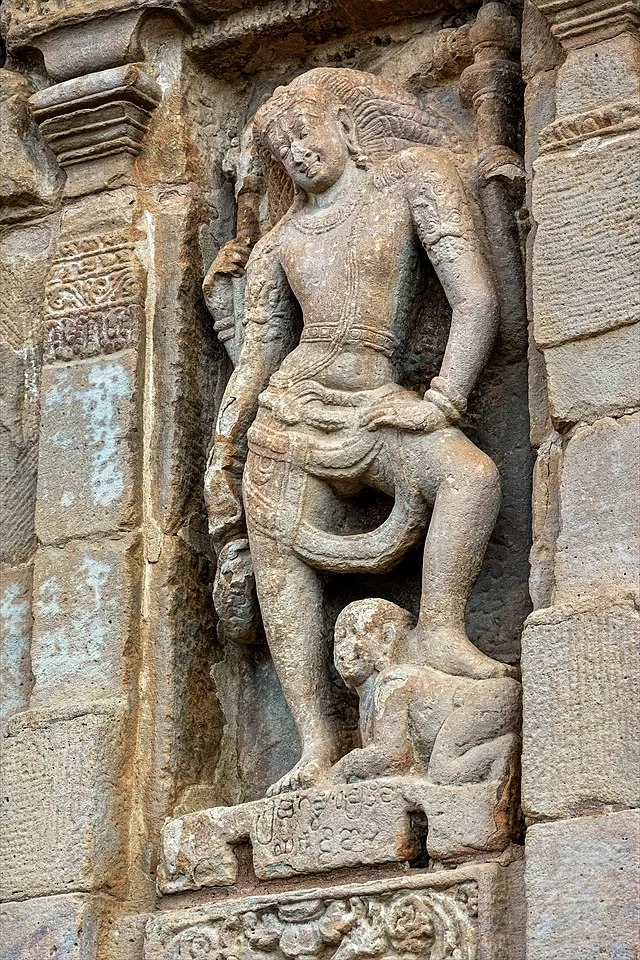
Pattadakal holds great religious importance. The temples were not just ceremonial centers but also places of active worship. The primary deities worshipped at Pattadakal include Lord Shiva, Lord Vishnu, and Jain Tirthankaras. Today, some of the temples continue to be places of pilgrimage.
The site also reflects the religious tolerance of the Chalukyan period. Both Hindu and Jain temples exist side by side, showing a respect for different religious practices.
UNESCO World Heritage Status
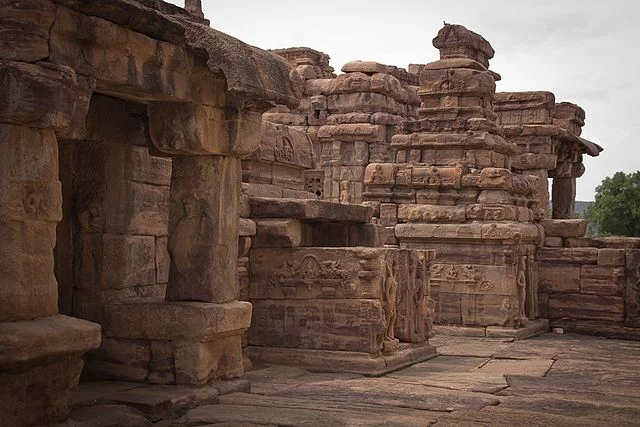
In 1987, Pattadakal was designated a UNESCO World Heritage Site for its unique architecture and historical significance. The site stands as a testament to the cultural exchange between northern and southern India and the religious tolerance of the Chalukya dynasty. It continues to attract researchers, archaeologists, and tourists from around the world.
Conclusion
Pattadakal is a rare example of a site where art, architecture, and history converge. Its temples showcase the religious, cultural, and political ambitions of the Chalukya dynasty. The blend of northern and southern architectural styles highlights the site’s importance as a cultural meeting point in early medieval India. Through its designation as a UNESCO World Heritage Site, Pattadakal continues to be preserved as an important part of India’s rich architectural and religious heritage.
Source:

